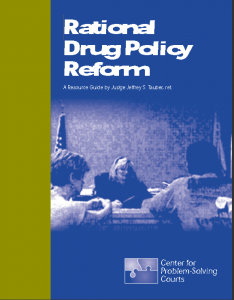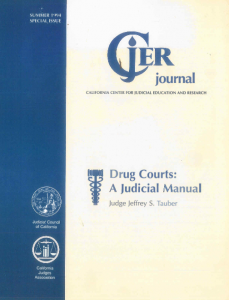I’ve watched the various demographics come together, the political parties spar around it, and religious and community organizations find different purpose through it. It is “Prison Reform” And it means different things to different people with very different agendas. For many its about reducing the number of offenders in prison. How that happens can be less important than getting it done. Others describe it as decriminalization, or legalization of drug offenders or other classes of offenders. Governors often talk about putting offenders into drug courts or other problem-solving courts as a way to reduce drug abuse and criminality.It is hard to understand ho we got to this place where the imprisoned have had their sentences doubled or even tripled in twenty years, while those sentenced to prison have increased some six hundred percent over the past thirty years. How do we begin to undo the damage we have done over the last generation to our communities.
Twelve years ago I wrote a monograph, “Rational Drug Policy Reform”; A Resource Guide (Center for Problem-Solving Courts, 2001). In it, I tried to lay out the arguments for de-criminalization and legalization, in an attempt to show how different the two were, and how important it was for Drug Reform to support hte former and oppose the latter. At the time, it was clear to me those who possessed small quantities of drugs should only be charged with misdemeanors; that demanding felony convictions would destroy far more lives than it would ever save. I described the criminal law as a public health tool or a means to an end, reduction in drug abuse and criminality. Though some of what I wrote didn’t turn out to be especially prescient, I believe the decriminalization of drugs and the reduction of less serious offenses to non-prison offenses has proven to be sound policy.[click on image on left for copy of “Rational Drug Policy Reform”]
So we’re very much in the place we were then. California’s Proposition 36 was a plan to keep drug abusers out of custody, (pretty much under any circumstance). I wrote my monograph to address the dangers of a law that neither provided incentives or sanctions to the drug offender. Proposition 36 has been forgotten by many, and there is little scientific data to support declaring it a success or failure; an unfortunate circumstance. Today, the Governor has vetoed a bill that would make possession of more serious drugs (cocaine, heroin,……) a felony or misdemeanor, depending on how the D.A. and judge charge/process the offense. Is the Governor right or wrong. He claims that he isn’t opposed to the legislation; only that it ought to be part of a grand criminal justice agreement, that will settle the many criminal justice issues that remain outstanding.
Governor Brown in 1976 reaching a grand Bargain (the Uniform Determinate Sentencing Act) that turned out to be a disaster of the first order. Writing about it’s progeny in the Modesto Bee, “California today has more than 1,000 felony sentencing laws and more than 100 felony sentence enhancements spread across 21 sections in the California Penal Code.” Perhaps we need to move forward toward real criminal justice sentencing reform now, rather than put it off for another day.



